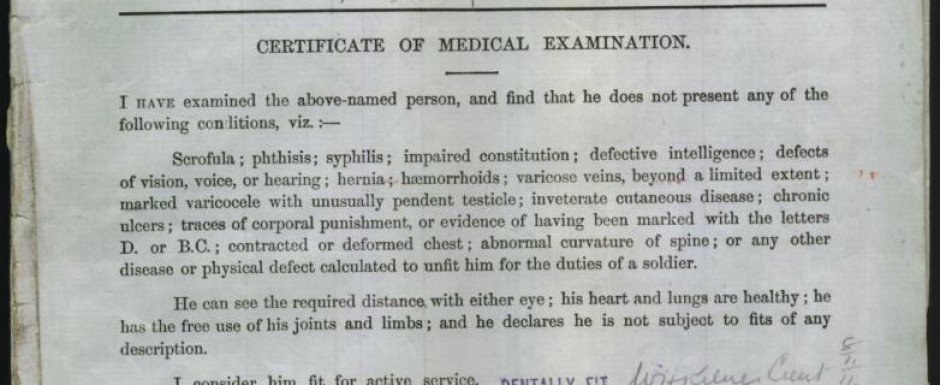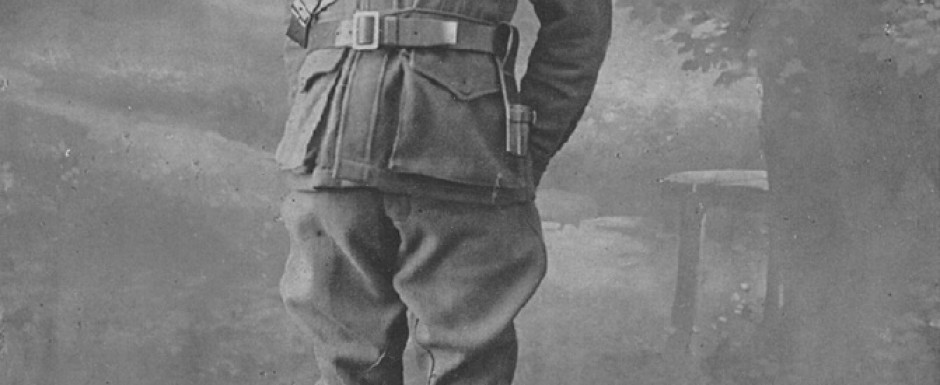Arthur Murdock was born in Hughenden in 1895 to Mrs Zoe Watson. Arthur was a stockman and enlisted at Charters Towers on the 30th October 1916. On the 14th June 1917, Private Arthur Murdock set off from Sydney on board the ship HMAT Horarata A20 for Liverpool, England. He became ill towards the end of the two month long journey.
He joined the Brisbane raised 41st Battalion 8th Reinforcements, which had been moved from Belgium in 1917, to fight in France against the German Army’s last push during the Spring offensive in 1918. Pte Murdock fought on the Western Front for five months before being wounded.
Pte. Arthur Murdock was wounded in the last 100 days of the war, during the Allied response to the months of German attacks on the Western Front. He was seriously wounded in his left thigh and was invalided back to England for recovery. He was in hospital on the 11th November 1918 when the Armistice was signed on the Western Front. He was discharged as medically unfit for any further active service with the AIF on the 11th March 1919. For his service, Pte Arthur Murdock received the British War Medal and the Victory Medal.
After the war, Arthur married Daisy Collins, a Claremont girl, in 1919 in a ceremony at Barambah. It was standard government practice to approve and marry numerous couples on the same day. Included in this wedding party was Robert Shepherd, another Honour Roll member. The following year, Arthur, now aged about 30, Daisy, 22 years old, and their infant son are hopeful that the Superintendent will support Arthur’s application to become a Police Tracker. This is not the case. However, 3 years later in 1923, Arthur becomes the Tracker for Stonehenge, Queensland. He spends just under 2 years serving in this position before he is discharged and returns to Barambah.
Back in Barambah, Arthur came to the attention of the Superintendent of Cherbourg and was removed to Palm Island. During his time on Palm Island, Daisy separated from Arthur and moved to Longreach. Arthur afterwards returned to Hughenden and was recorded in 1941 as living and working at Black Braes Station. At this time, Arthur signed a Statutory Declaration, supported by the RSSILA of Townsville, stating the loss of his discharge papers in a fire. By 1947, Arthur was granted exemption from the Act. In 1951, the Australian Legion of Ex-Servicemen and Women in Brisbane wrote to Base Records asking for Arthur’s enlistment and discharge information, as Arthur wished to become a member. His application is successful.





